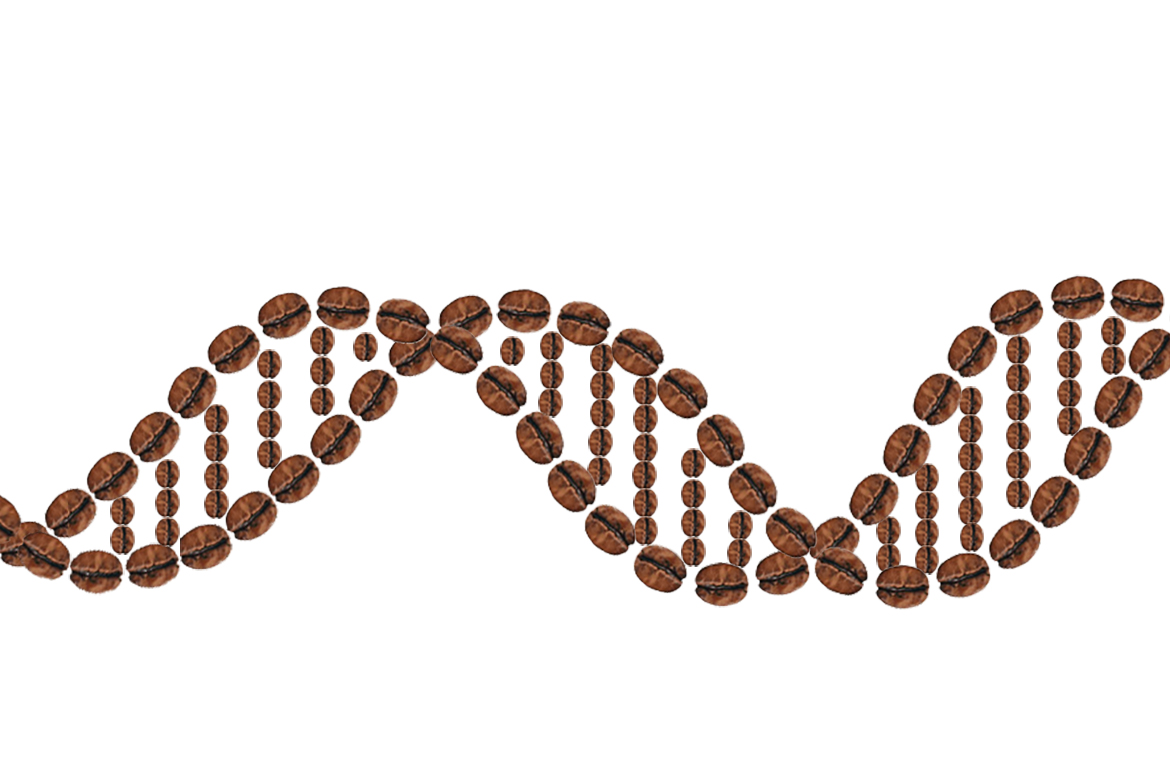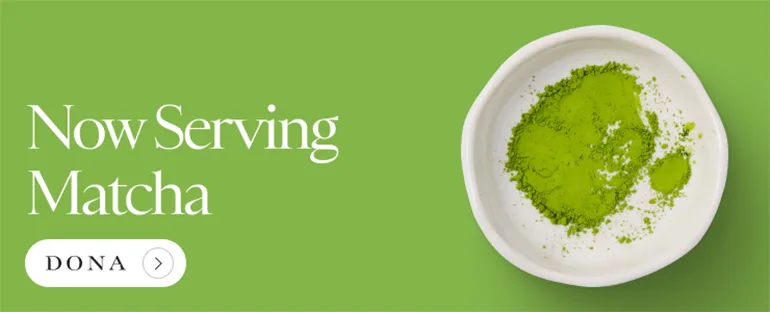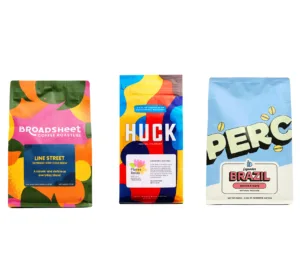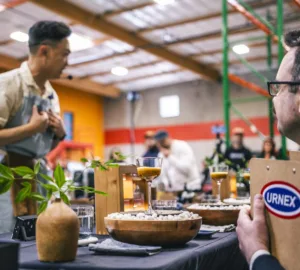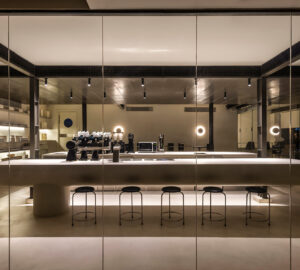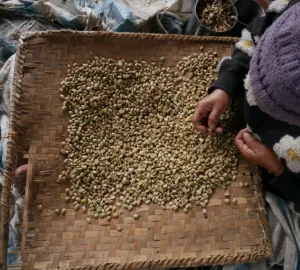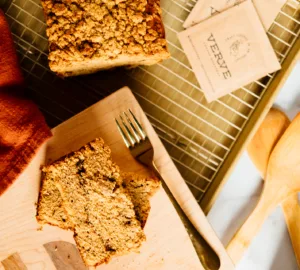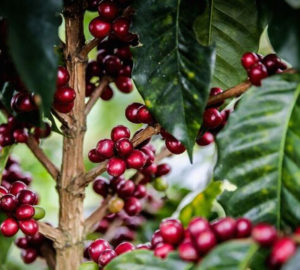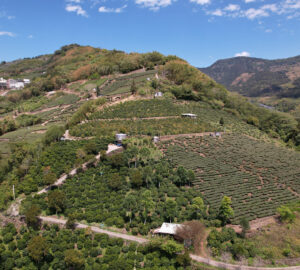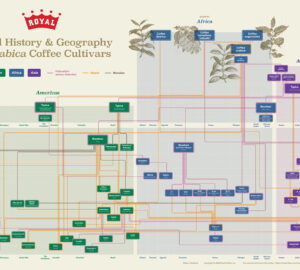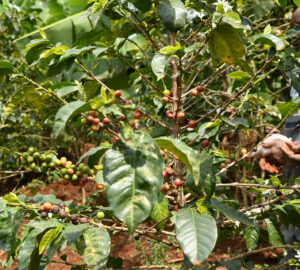What is Arabica coffee?
Arabica coffee (be it a bean, brewed in the cup, or a plant) refers to coffee that comes from the plant species Coffea arabica. Coffea arabica is one of the two primary species of coffee plants grown on our planet, the other being Coffea canephora, or “Robusta” coffee. About 60% of the coffee grown in the world currently is Arabica species. While Arabica used to dominate production soundly, is has been losing ground (literally and figuratively) to the easier-to-produce Robusta in recent decades.
Where did Arabica coffee originate and where is it grown now?
Arabica coffee’s roots have been traced back to Ethiopia, the country commonly hailed as the birthplace of coffee, and where it still grows wild. From Ethiopia it is believed to have traveled to Yemen, where it was first cultivated for farming. Today, Arabica coffee is grown in coffee-suitable regions around the world, typically in tropical regions and at high elevations, from Africa to Latin America to Indonesia to Brazil. Conditions have to be amenable to growing good Arabica coffee, and some coffee-growing countries, notably Vietnam, hardly grow Arabica at all.
What’s so good about Arabica coffee and why is it used as a selling point?
You’ve no doubt seen “100% Arabica” on coffee packages before, and in specialty coffee in particular you would be unlikely to find coffee other than Arabica. The species is widely considered superior to its counterpart Robusta in flavor complexity, sweetness, balance, and acidity—particularly when lined up side by side against Robusta. Arabica coffee is also more difficult to grow and grow well than other kinds of coffee, and as such the beans are considered to be, and priced as, a premium commodity.
What are some varieties of Arabica coffee?
Arabica coffee comes in many subspecies varieties, such as Bourbon, Pacarmara, Maragogype, SL-28, Typica, Ethiopian Landrace varieties (sometimes referred to as “Heirloom”), and more.
Is Arabica ever blended with something else?
You won’t find it done as much in the specialty world nowadays, but Arabica-Robusta blends are still common, especially for espresso, where Arabica beans are selected for flavor while Robusta beans are added to enhance caffeine, intensity, and crema.
At the genetic level, some of today’s hybrid coffee varieties which are still considered Arabica, like Catimor and Sarchimor, incorporate genetic material from Robusta coffees that allow the plants to be more disease-resistant, at least for some period of time. With the threat of coffee leaf rust and other environmental concerns jeopardizing the future of coffee, it will be important to continue research into hybrids like these to ensure coffee production is able to survive.
So is Arabica better than Robusta or what?
In general, most people will agree that the flavors in Arabica coffees tend to be smoother and more enjoyable than a traditional diner-style Robusta coffee, which can be bitter or “rubbery”. That said, there are higher quality Robustas and lower-quality Arabicas, and a Robusta (or Robusta-involved blend) may be just the thing for what some people are looking for, particularly in espressos. But if you’re really just into coffee for the kick? Arabica has about half as much caffeine as Robusta at twice the price, so, you do the math.
Liz Clayton is the associate editor at Sprudge Media Network. Read more Liz Clayton on Sprudge.











